(NLDO) - A bird's-eye view has revealed a shockingly huge structure hidden among the wetlands on Mexico's Yucatán Peninsula.
According to Sicence Alert, a survey using unmanned aerial vehicles (UAVs) in Mexico on the land famous for Mayan ruins has revealed a great construction that is centuries older than this empire.
It is a highly complex network of canals and artificial lakes, spanning an area of up to 42 km 2 .
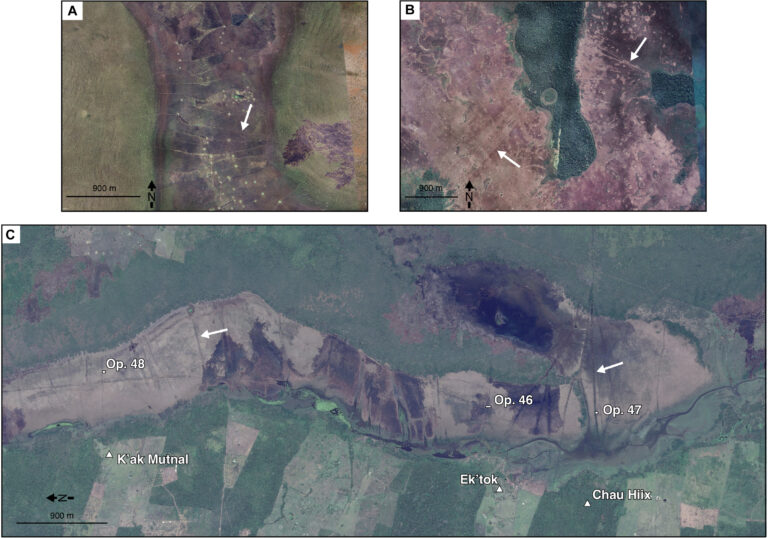
Google Earth images show traces of ancient structures mixed among bushes and fields - Photo: SCIENCE ADVANCES
The research team led by anthropologist Eleanor Harrison-Buck from the University of New Hampshire (USA) studied the location in more detail through Google Earth satellite data combined with field surveys.
Writing in the scientific journal Science Advances, they concluded that the unique structure was a giant fishing ground.
The ancient people here used these intricately structured canals and artificial ponds to cleverly trap fish.
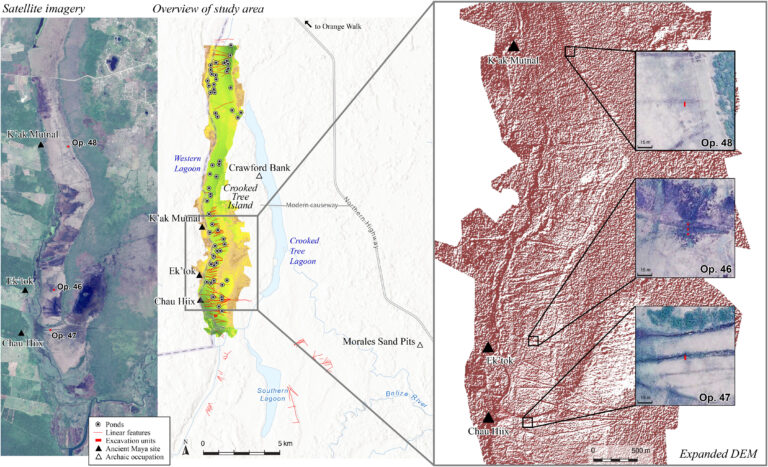
The complex network of canals and lakes covers an area of up to 42 square kilometers - Photo: SCIENCE ADVANCES
Excavations on the ground have provided some evidence that archaeologists can date through radiocarbon isotopes.
Results showed that this fishing ground was used from about 2000 BC until 200 AD.
It is a shocking date, because 4,000 years ago, human life in most places in the world was still confined to primitive tribes.
That date also suggests the structure was built 700 years before the Mayan Empire rose to power in the area.
“For Mesoamerica in general, we tend to think of agriculture as the driving force of civilization, but this study tells us that not only was there agriculture, but there was also the ability to harvest a wide range of aquatic species,” Dr. Harrison-Buck explained.
This means that the boom of the Maya civilization may not have been due only to the development of agriculture in the area leading to a surplus of crops for trade, but fishing may have also contributed.
The scale of this network of canals and ponds suggests that it was used for mass fishing on an industrial scale like modern humans.
The ancient construction techniques of this project also amazed scientists.
They have delicately dug channels into the clay. Every year, during the rainy season, cycles of flooding inundate Belize's wetlands and lagoons, creating an ideal place for fish to spawn.
However, during the dry season, these man-made canals divert the receding water into pools, drawing aquatic life into a confined space.
To this day, locals say there are ponds in the area teeming with fish when flood waters recede, but they would never have guessed that these were the great man-made structures their ancestors left behind millennia ago.
Source: https://nld.com.vn/uav-phat-hien-cong-trinh-4000-nam-nhu-thoi-hien-dai-196241201091404244.htm


![[Photo] Solemn opening of the 8th Congress of the Central Public Security Party Committee, term 2025-2030](https://vphoto.vietnam.vn/thumb/1200x675/vietnam/resource/IMAGE/2025/10/4/f3b00fb779f44979809441a4dac5c7df)



![[Photo] Bustling Mid-Autumn Festival at the Museum of Ethnology](https://vphoto.vietnam.vn/thumb/1200x675/vietnam/resource/IMAGE/2025/10/4/da8d5927734d4ca58e3eced14bc435a3)

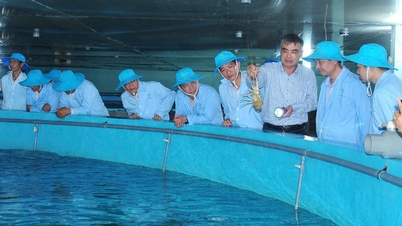

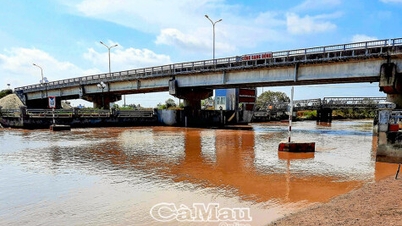
























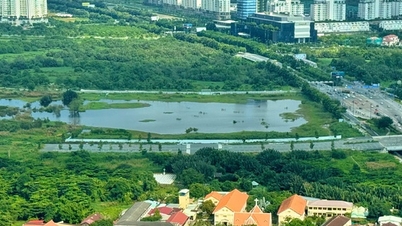


![[Photo] General Secretary To Lam attends the 8th Congress of the Central Public Security Party Committee](https://vphoto.vietnam.vn/thumb/1200x675/vietnam/resource/IMAGE/2025/10/4/79fadf490f674dc483794f2d955f6045)
























![[VIDEO] Summary of Petrovietnam's 50th Anniversary Ceremony](https://vphoto.vietnam.vn/thumb/402x226/vietnam/resource/IMAGE/2025/10/4/abe133bdb8114793a16d4fe3e5bd0f12)

![[VIDEO] GENERAL SECRETARY TO LAM AWARDS PETROVIETNAM 8 GOLDEN WORDS: "PIONEER - EXCELLENT - SUSTAINABLE - GLOBAL"](https://vphoto.vietnam.vn/thumb/402x226/vietnam/resource/IMAGE/2025/7/23/c2fdb48863e846cfa9fb8e6ea9cf44e7)





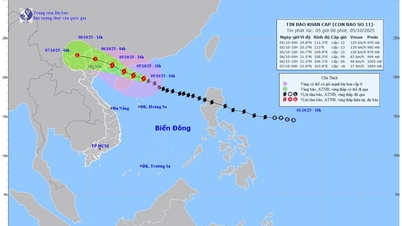









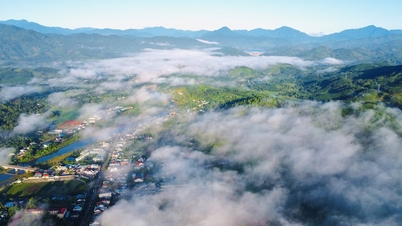

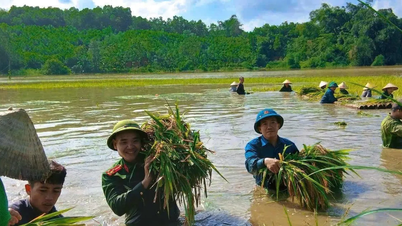




















Comment (0)